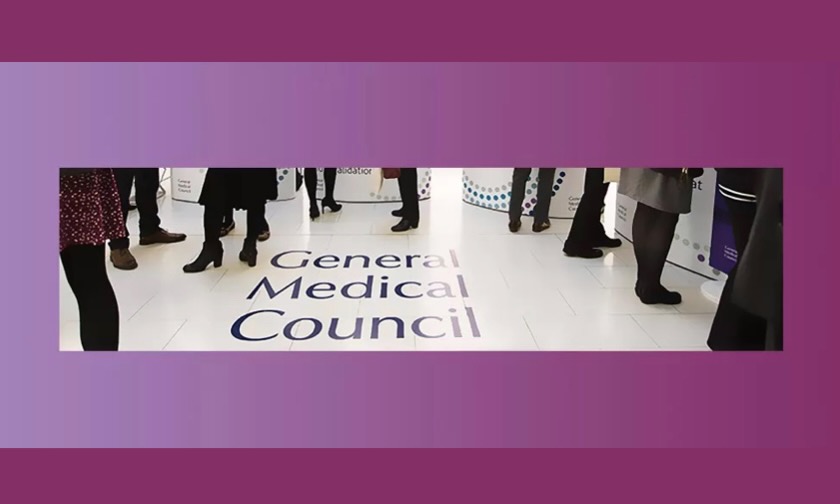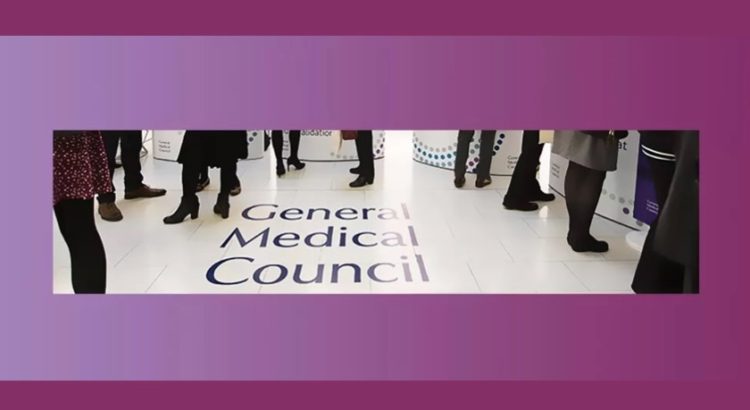
Response to our Open Letter outlining concerns
Dear Dr Jones,
Thank you for your email to Charlie Massey, setting out your concerns about the COVID vaccination programme for children. Your enquiry has been passed to me for a reply.
I should begin by explaining that given our role and remit, we aren’t able to comment on the clinical, scientific and service delivery issues you raise. Nor are we responsible for regulating or monitoring the safety and effectiveness of vaccines or the roll-out of the NHS COVID vaccination programme. However, you raise a number of concerns around informed consent and I will set out what our guidance says about those issues, which I hope will be helpful.
Our role and guidance
As you will be aware, we are the statutory regulator for the medical profession in the UK. As part of our role, we provide guidance on the professional standards expected of all registered doctors in the UK. This guidance defines what makes a good doctor and sets out high level principles of good practice. It applies to all UK-registered doctors regardless of their specialty, grade and area of work. It is therefore necessarily high level in order to be widely applicable and we expect doctors to use their professional judgment to apply the principles in practice. We also expect them to be able to explain and justify their decisions and actions.
It may also be worth highlighting that our guidance only applies to doctors and, as you will be aware, different bodies regulate other healthcare professionals who will also be administering the vaccine. Additionally, suitably trained non healthcare professionals (who, as such, will not be registered) can also administer the vaccine under clinical supervision.
Informed consent for COVID vaccinations
When a doctor is administering a vaccine against COVID to a child, we expect them to follow the relevant standards set out in our guidance (in the same way that they would for any other treatment or care option), including Good medical practice, Decision making and consent and 0-18 years: guidance for all doctors.
The guiding principle when treating children, as set out at paragraph 8 of our 0-18 years guidance, is that ‘doctors should always act in the best interests of children and young people’. However, identifying what those best interests are might not be straightforward and paragraphs 12 and 13 explain that this might not necessarily be limited to clinical factors. Another key principle is, of course, that doctors must have valid authority to carry out a procedure. Paragraphs 22 and 23 explain that treatment can be provided to a child or young person if they are competent – or with the consent of a person with parental responsibility or the courts. It also makes clear that doctors should involve children and young people as much as possible, even if they aren’t able to make the decision for themselves.
Your enquiry specifically highlights questions around the type of information that is necessary in order for consent to be valid and includes concerns that:
- informed consent isn’t possible because of the lack of any long term outcome data for children recovering from vaccine-induced myocarditis
- the potential risk and benefits are not being appropriately described and tailored to particular patients (you mention age and health risks), which you suggest is ‘in breach of Montgomery’.
As a general point, the information to be provided should be what the patient (or person with relevant decision making authority) will ‘need or want’ to make the decision (see paragraph 10 of ‘Decision making and consent’). Our guidance is also clear that a proportionate approach can be taken (see paragraphs 5-7).
In terms of your first specific concern – that consent can’t be valid where there is an absence of long term safety data – I should point out that this is not strictly accurate. Consent can be valid in these types of situation, although any uncertainties or lack of available evidence may need to be discussed with the patient (or person with decision making authority). As paragraph 10 e of our guidance on ‘Decision making and consent’ states, the information doctors must give patients will usually include information on ‘the potential benefits, risks of harm, uncertainties about … each option’ (my italics). Paragraph 26 also states that ‘if the available evidence of benefits and harms of an option is unclear, you should explain this to the patient’.
You mention UKHSA patient leaflets in your enquiry and your concerns that these are not being widely distributed. We don’t have any direct knowledge about this and it may be something for you to raise with the UKHSA – but it is important to point out that although leaflets can be a helpful source of information, they should not be considered a substitute for any appropriate discussions.
You also have concerns that the differential risks and benefits are not being appropriately communicated to patients (e.g. patients of different ages and with different underlying health risks) and you suggest that this may be in breach of ‘Montgomery’.
Our expectations in relation to risks and benefits are set out at paragraphs 21-26 of ‘Decision making and consent’, which set out the types of issues that should be discussed. These paragraphs explain that information should be ‘clear, accurate, up-to-date and based on the best available evidence’. It also says that ‘it wouldn’t be reasonable to share every possible risk of harm, potential complication or side effect’ – but makes clear that discussions should be tailored to each individual patient – and will usually include the following:
- Recognised risks of harm that the doctor believes anyone in the patient’s position would want to know.
- The effect of the patient’s individual clinical circumstances on the probability of a benefit or harm occurring.
- Risks of harm and potential benefits that the patient would consider significant for any reason.
- Any risk of serious harm, however unlikely it is to occur
- Expected harms, including common side effects and what to do if they occur.
Paragraph 24 also specifically mentions the patient’s ‘personalised risk’, which should take into account their ‘individual clinical and personal circumstances, compared with population level risk’.
Finally, you cite the ‘Montgomery’ judgement with regards this last point and, although we cannot advise on its applicability or otherwise to the situations you describe, we do summarise key aspects of this judgement in our factsheet on Key legislation and case law relating to decision making and consent, which may be of interest to you.
I’m sorry not to be able to address all the issues you raise, but I hope that you find this response is helpful.
Kind regards
Jessica Watkin
Policy Manager
General Medical Council

